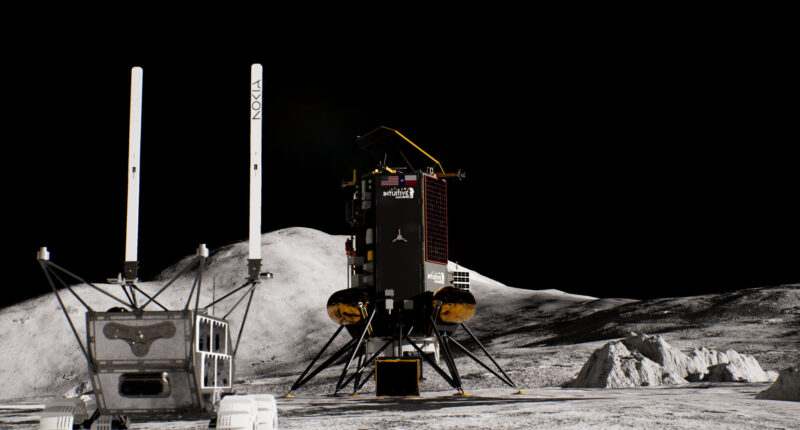NOKIA has revealed it’s working with Nasa to deploy the first 4G communications network on the Moon.
Nasa has some big plans for the Moon in the future – the least of which is the Artemis II mission.
Artemis II is aiming to get man back on the Moon sometime in the coming years – for the first time since 1972.
The US space agency also has ambitions of building a permanent base around the Moon dubbed the Lunar Gateway.
However, in order for these plans to come to fruition, first Nasa needs to establish space communication technology.
And to help Nasa scientists achieve this, they have partnered with Finnish telecommunications giant Nokia.
Nasa awarded the highly-coveted contract to Nokia as part of its Tipping Point program.
The program hopes to foster the development of commercial space capabilities that help future missions.
Nokia said it will be “developing ground-breaking technologies” by deploying LTE/4G communications system on the lunar surface.
This will help “pave to way for a sustainable human presence on the Moon,” the corporation added.
Most read in News Tech
What’s the plan?
Nokia’s lunar network will consist of an LTE Base Station with User Equipment, antennas, and high-reliability operations and maintenance (O&M) control software.
The LTE Base Station will be mounted on the landing module, while the LTE User Equipment will be placed on a rover or other payloads.
“We are delivering a complete end-to-end LTE network that has multiple parts to it,” Thierry E. Klein, the President of Bell Labs Solutions Research, said in a Nokia press release.
Klein explained that the first thing that needs tackling is the LTE base station with integrated Evolved Packet Core (EPC) network functionality.
“It’s integrated into a very small, ultra-compact form factor that will go on the lunar lander from our mission partner, Intuitive Machines, along with a passive antenna system,” Klein said.
“The second part is the user equipment and an omnidirectional antenna that will be integrated in a rover. The rovers will be transported to the lunar surface and autonomously deployed by the lunar lander. An LTE link will be established between the lander and the rover to provide lunar surface connectivity,” he continued.
Using a rover helps to test communications over a range of distances, according to Klein.
At first, the rover will stay within a few hundred meters of the lander – then, it will drive further to try long-range communications.
“The lessons learned from this first mission will be invaluable for future space exploration as well as for connectivity in remote parts of Earth,” Nokia said on their website.
This post first appeared on Thesun.co.uk









